What do you actually eat in Iceland? We list 15 Icelandic specialities and share our experiences with Icelandic food. In Iceland, you can find everything from sheep meat to fresh seafood. Join us for a taste of Iceland!
Table of contents
What do you eat in Iceland?
I (Helena) spent an academic year in Iceland in 1992/1993 and have since been back no less than five times. The most recent time was just recently, when we visited the food festival Food and Fun Reykjavik. So, what do you eat in Iceland?
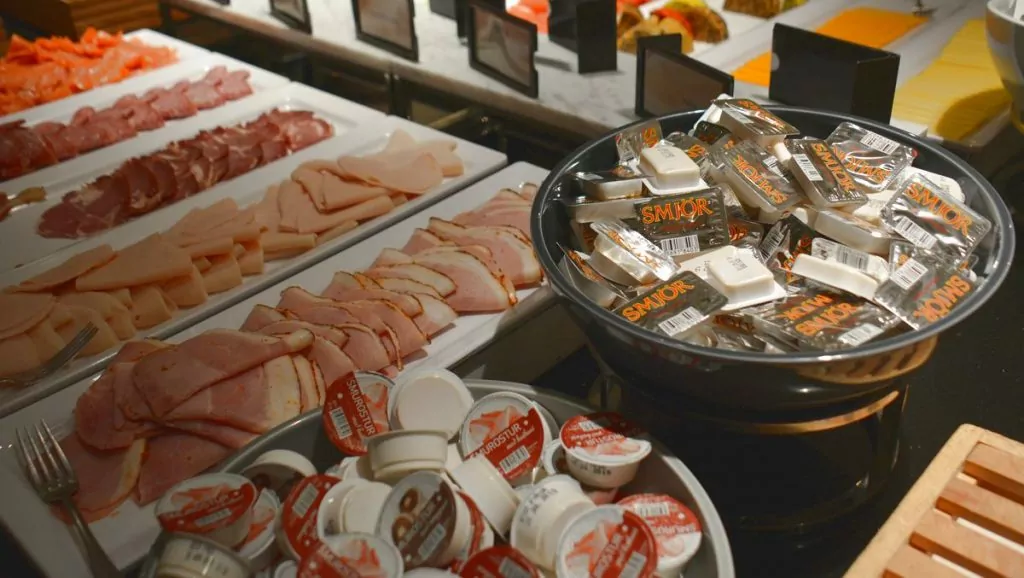
Icelandic food - past and present
Some of the traditional Icelandic dishes (especially the so-called 'Þorramaten', eaten during a festival in February) are perhaps more a source of horror than appetite. The unappetising nature of the food may be due to the old-fashioned ways of preserving food over the long winters, using drying, smoking, brining and lactic acid.
Today, as in the past, much fish and lamb is cooked, but in ways that suit most of us much better. Vegetables have become more common, and are widely grown in greenhouses in southern Iceland. Of course, international food such as pizza, pasta and hamburgers are also common. But that's not what's most interesting. We present 15 different specialities of Icelandic cuisine!
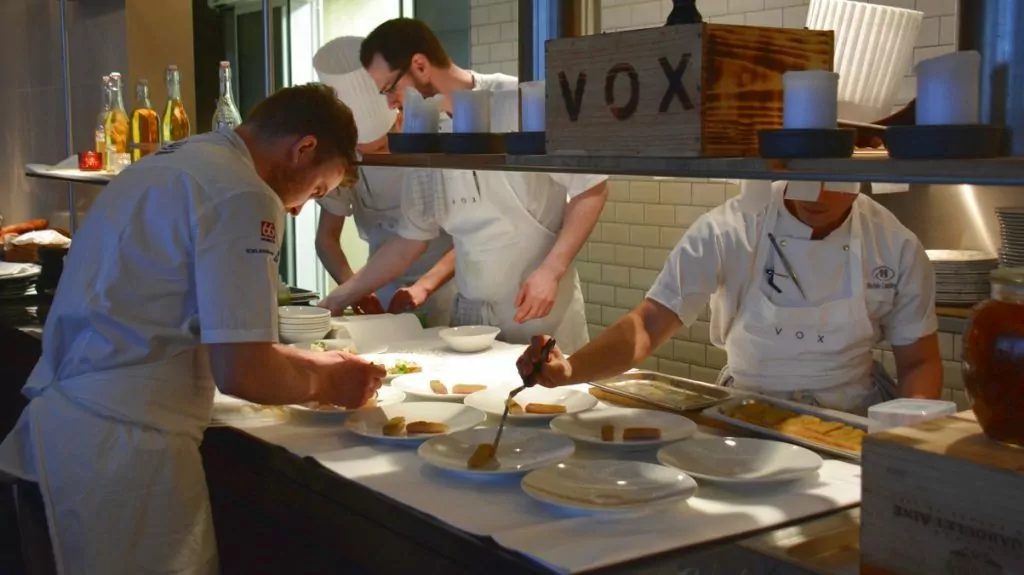
1. Fish and seafood
With all the sea surrounding Iceland, it's no wonder that people eat a lot of fish and shellfish. When I lived on Hemön in Iceland (1992/1993) we ate almost only haddock. The last time we were in Iceland, cod seemed to be the favourite. absolutely hottest. Other common sea foods include salmon, halibut, plaice, ling, sea bass, char, prawns and crayfish.
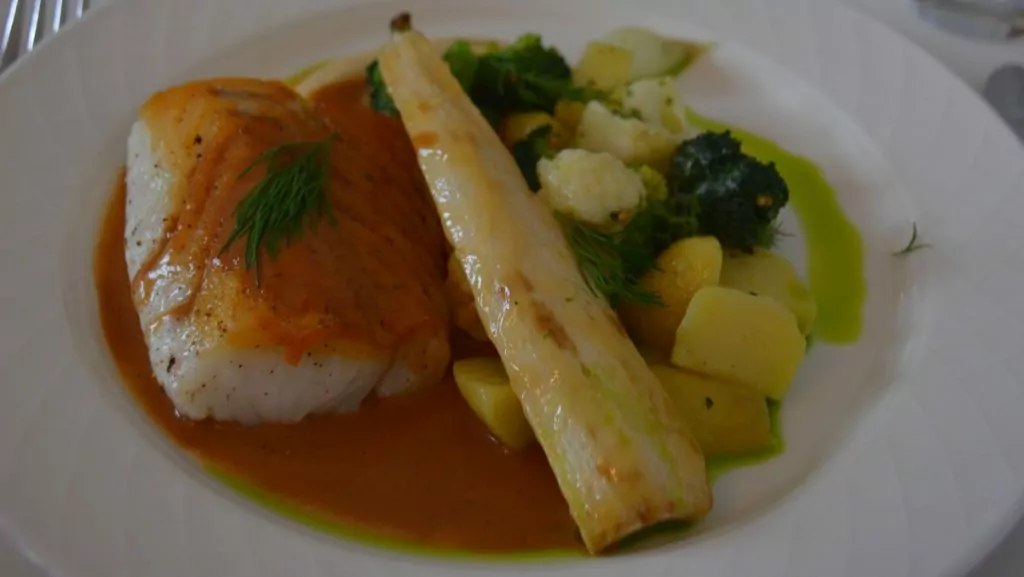
2. lamb meat
Lamb is an important part of Icelandic food culture, and can be found in both traditional and more modern dishes. In the past, you might have eaten hángikjöt (smoked mutton) or svið (sheep's head), but today you're more likely to get lamb fillet or lamb saddle. By the way, did I mention that sheep's head used to be a classic picnic item...?
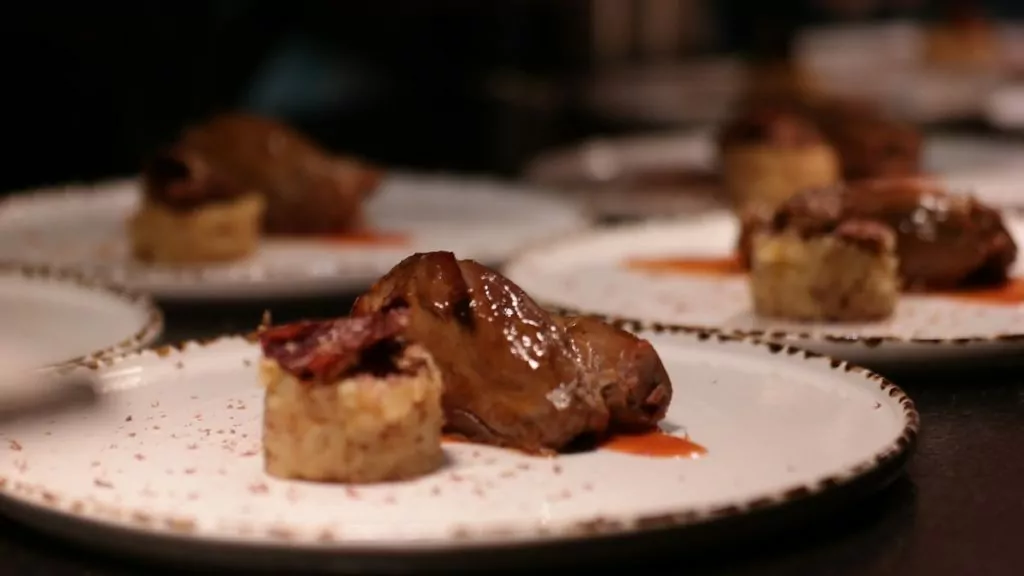
3. Hángikjöt - smoked lamb meat
Hángikjöt is smoked lamb meat, which can be served hot or cold. Sometimes the meat is served thinly sliced on rye bread or "flatkaka" (a kind of flatbread), as we last had it on canapés in the Czech Republic. Residence of the President of Iceland. Hángikjöt is a traditional festive dish and can be served at various festivals, such as Þorrablót.
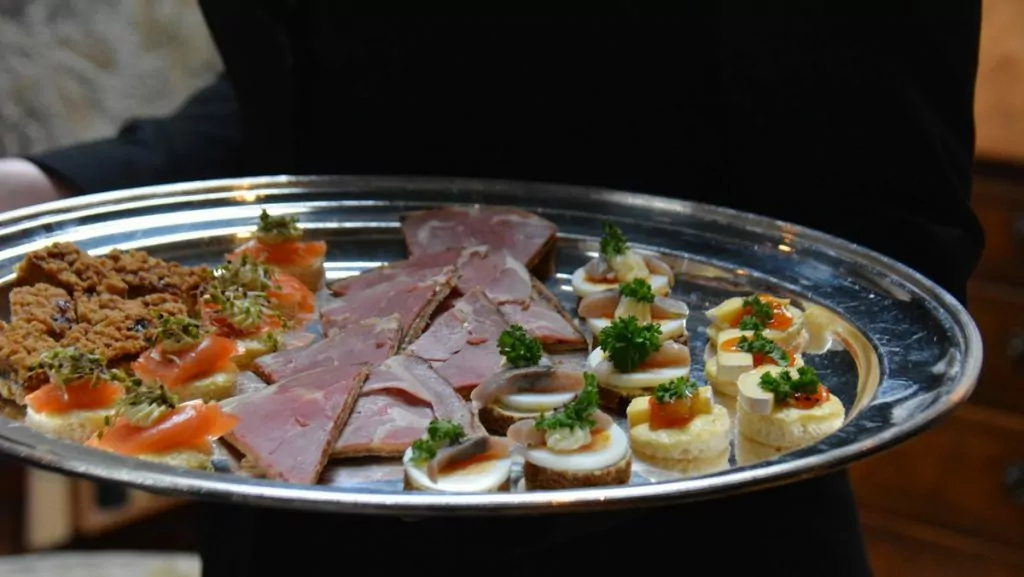
4. Harðfiskur - dried fish
Harðfiskur is dried fish, which has been a popular snack for centuries. The photo is from Saltrömmen in Norway, where we were served a similar snack last year. How does it taste? Quite ok, but you have to work hard to bite through the woody and hard flesh ...
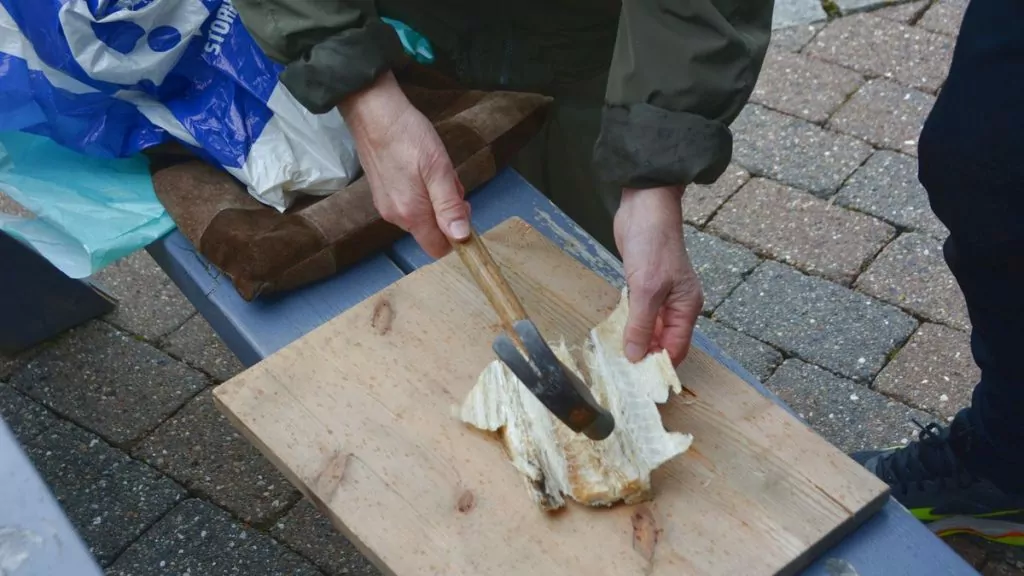
5. Whale meat
While whale meat is not commonly served on Icelanders' plates, several restaurants have whale meat on their menus. The whale served is the minke whale, which is not red-listed. We tried the restaurant Fish Market, not bad at all!
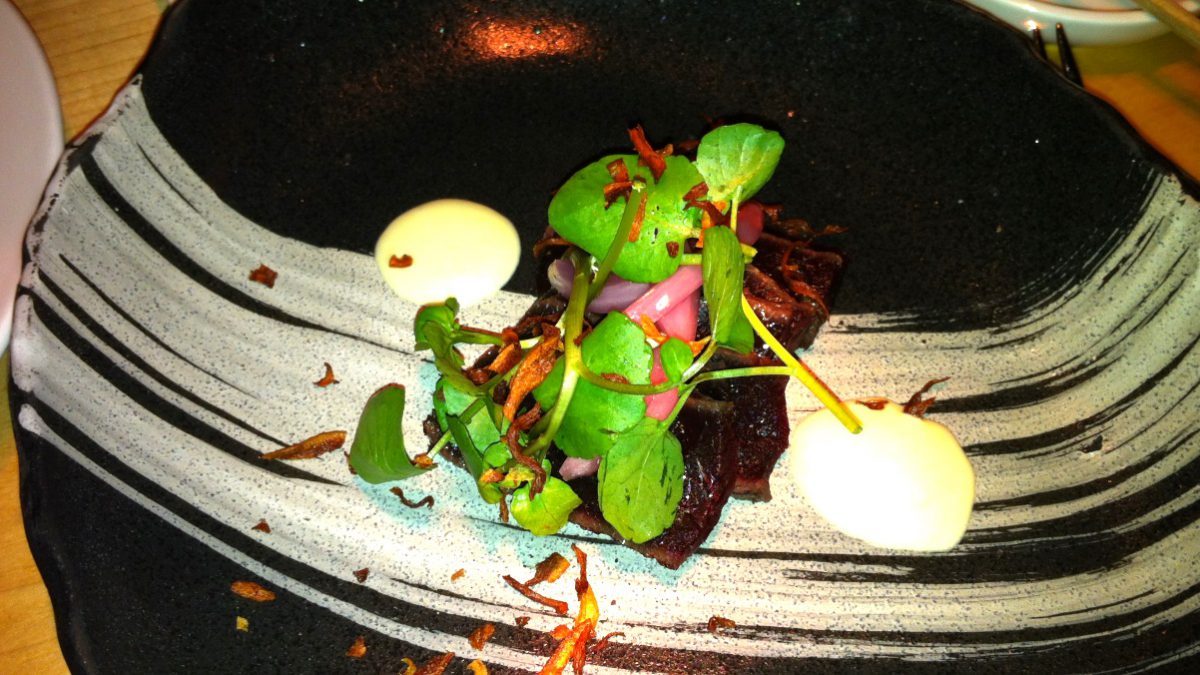
6. puffin
Puffins are not only cute, but also edible. Puffin is not a common everyday dish, but we have had it on a buffet and tasting menu. The flavour is a bit special, but good. It is also common for the meat to be served smoked.
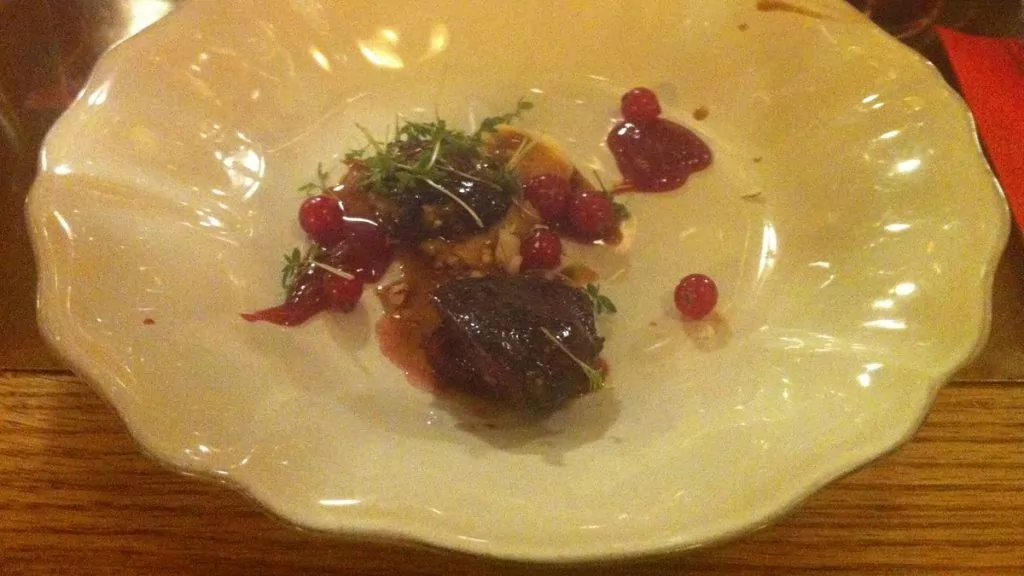
7. birds' eggs
In Iceland, people eat not only eggs from hens, but also various seabird eggs. We have not tried this, but it is considered a delicacy and the season is of course in spring. In restaurants, however, we have tried small eggs from mini-chickens.
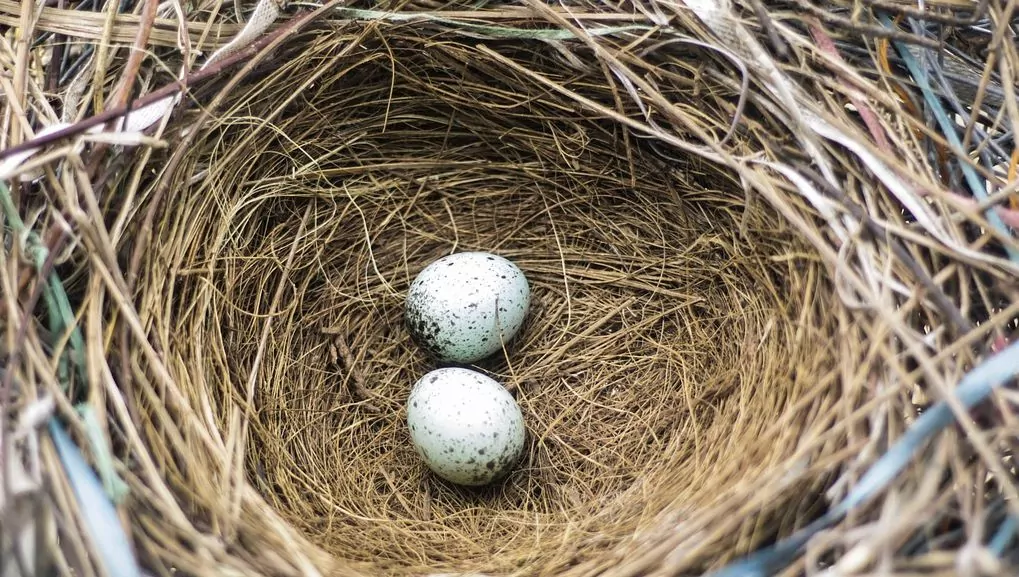
8. Clear
Skýr is a traditional Icelandic dairy product that can be eaten as a breakfast or snack. Skýr is a high-protein, low-fat food similar to quark, sometimes sold in different fruit flavours. Traditional skýr has a slightly dry texture and is often eaten with milk and perhaps sugar. Tastes great!
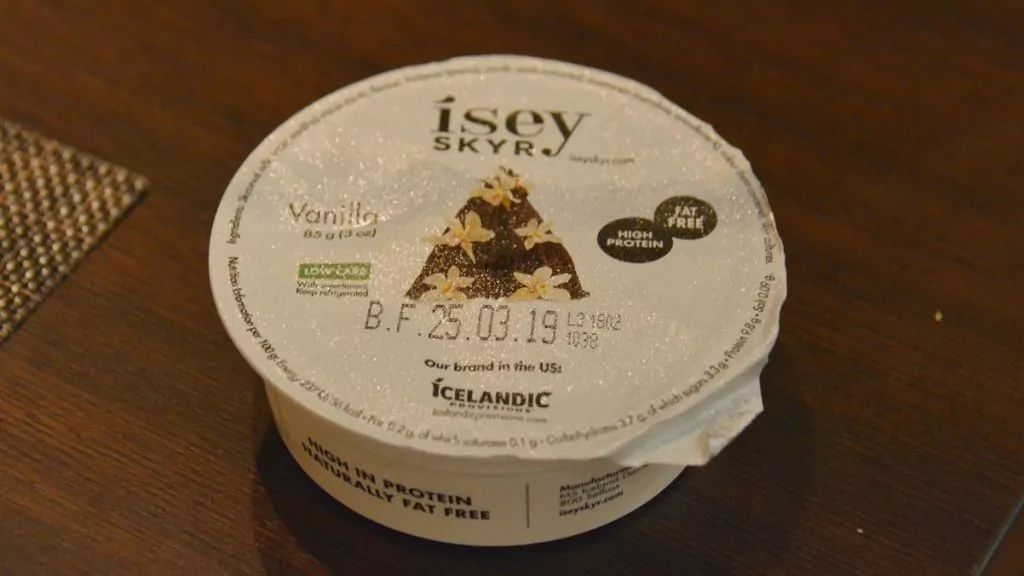
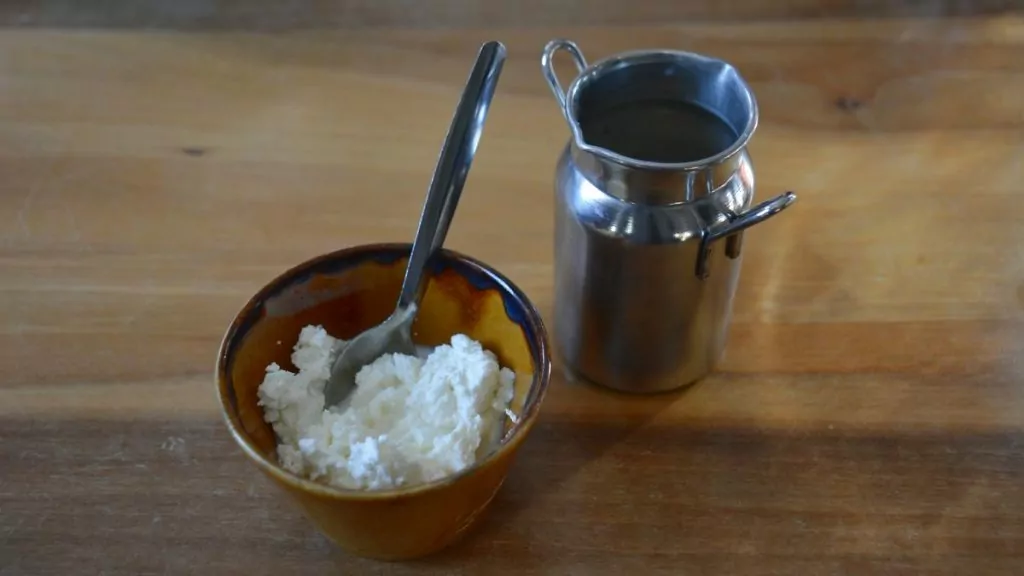
9. Salmon - fish liver oil
Icelanders, for some reason, love their lýsi, or fish liver oil. What Icelander doesn't want to start their morning with a shot of this refreshing drink? If you want to try it, just check into any hotel in the country. Lýsi is a staple on the breakfast table. What does it taste like? Well, there are some things that are better ...
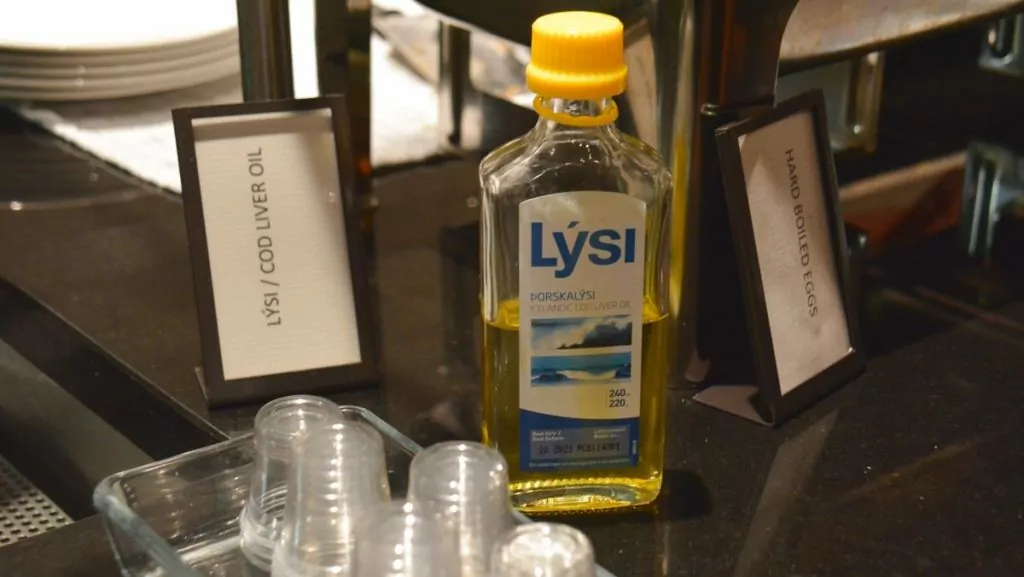
10. Þorramatur
Þorrablót is originally a pagan sacrificial festival held in the Old Norse month of Þorra, around February. Today's young Icelanders may not love the 'delicacies' of this festival, but I can at least boast of having tasted the main dishes: hákarl (sour shark/fermented shark), svið (boiled sheep's head), hangikjöt (smoked sheep meat), blóðmör (a kind of blood pudding), lifrapylsa (liver sausage), hrútspungar (sheep's testicles), rúgbrauð (rye bread) and flatbrauð (a kind of flat bread).
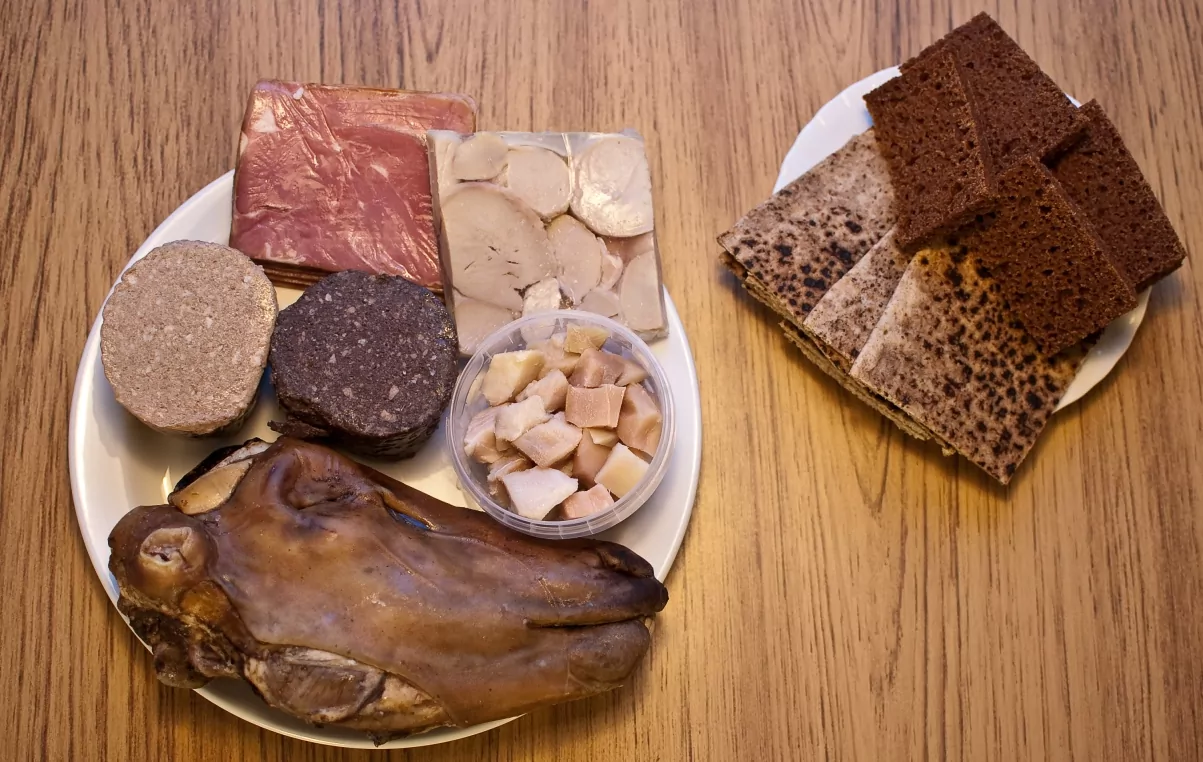
11. Hákarl - surhaj
We have already mentioned the fermented sauerkraut, but it deserves to be mentioned again. People who have tasted both surströmming and hákarl tend to think that surströmming is child's play, and I am prepared to agree. The shark contains a poison when it is caught, but by letting it ferment and dry, the poison disappears. The flavour (and smell) is ammonia. Only for the toughest of the tough!
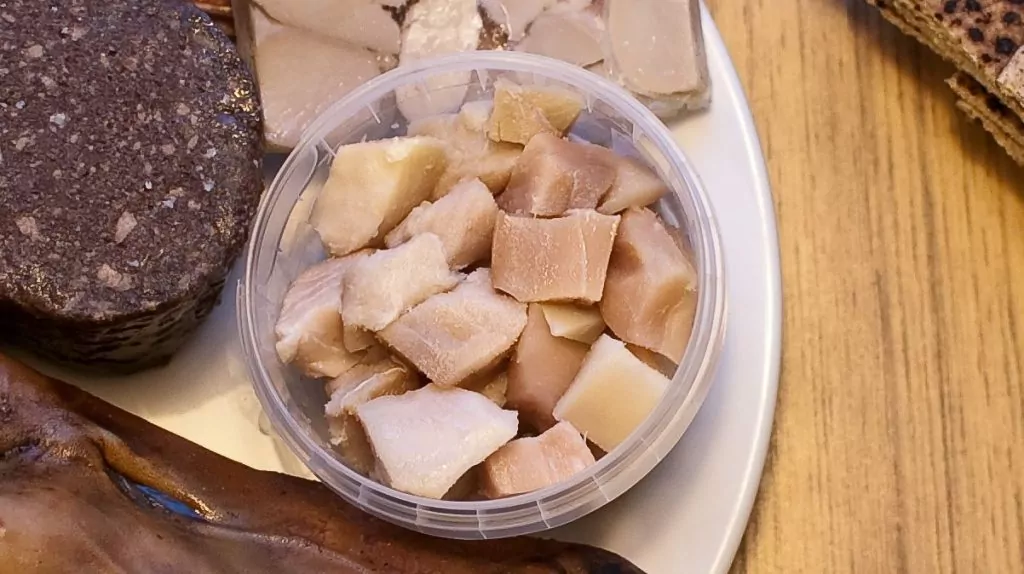
12. 'Black Death' brandy
To swallow the rotten shark and some of the other Þorramat, you need brandy - trust me! The classic Icelandic version is called Brennivín. When it was first produced in 1935, after the end of Icelandic alcohol prohibition, there was a warning symbol in the form of a skull on the label. Today, the skull has been replaced by a map of Iceland, but the spirit is still nicknamed 'Svarti dauðinn' (Black Death).
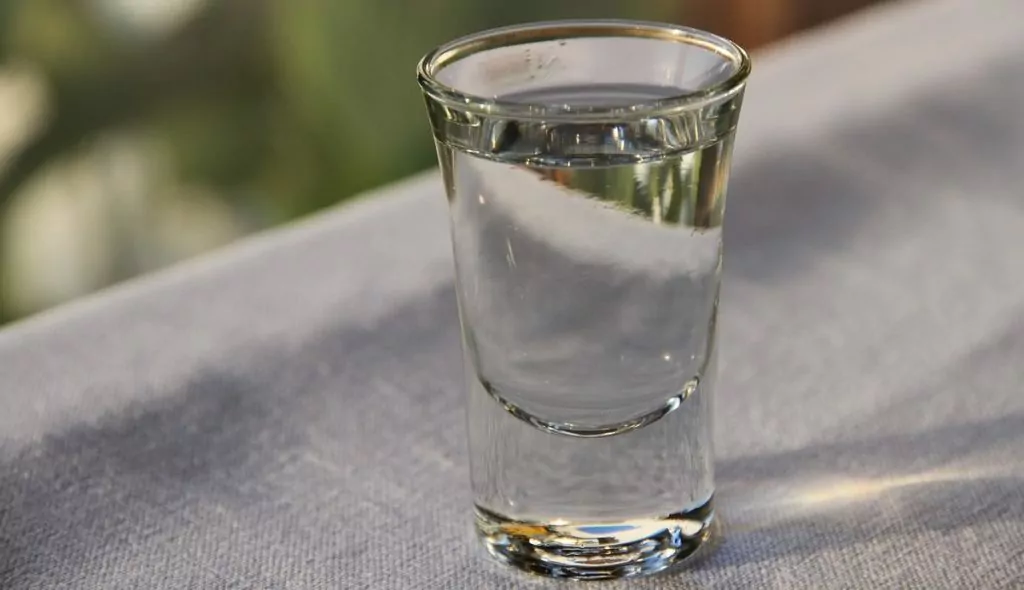
13. Opal - throat lozenges
The Icelandic throat lozenges Opal are pronounced with an emphasis on the o and not the a (i.e. with an emphasis on the first syllable as in all Icelandic words). It is not easy to explain the flavour, but Icelandic blog describes (the black version) very aptly: "Smoky, black, lustful, bloody salty, like going out and tarring the roof in a shower of ash".
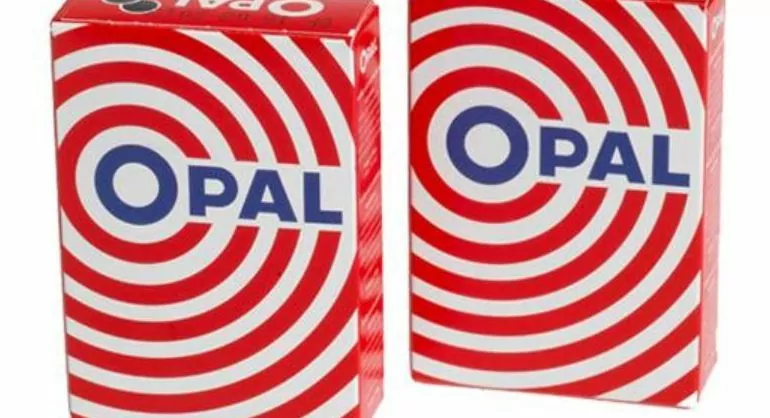
14. Liquorice with chocolate
Icelanders have a strong preference for liquorice and for chocolate - at the same time. Today you can find this combination in more places in the world, but I wouldn't be surprised if the Icelanders were the first. In any case, liquorice and chocolate was already a big hit when I lived there in 1992/1993.

15. bollard, kleinur and ... more
Finally, we would like to conclude by telling you that Icelanders like sweet pastries. Just as we Swedes have our fattening day, they have a "bolludagur", when they eat sweet buns with different fillings, such as jam, cream and chocolate. Kleinur (a pastry called klenäter) is also popular, as are huge buns topped with melted chocolate. If you like sweets ... head to your nearest Icelandic bakery! Unfortunately, we don't have a picture, so we'll have a picture of an Icelandic ice cream instead!
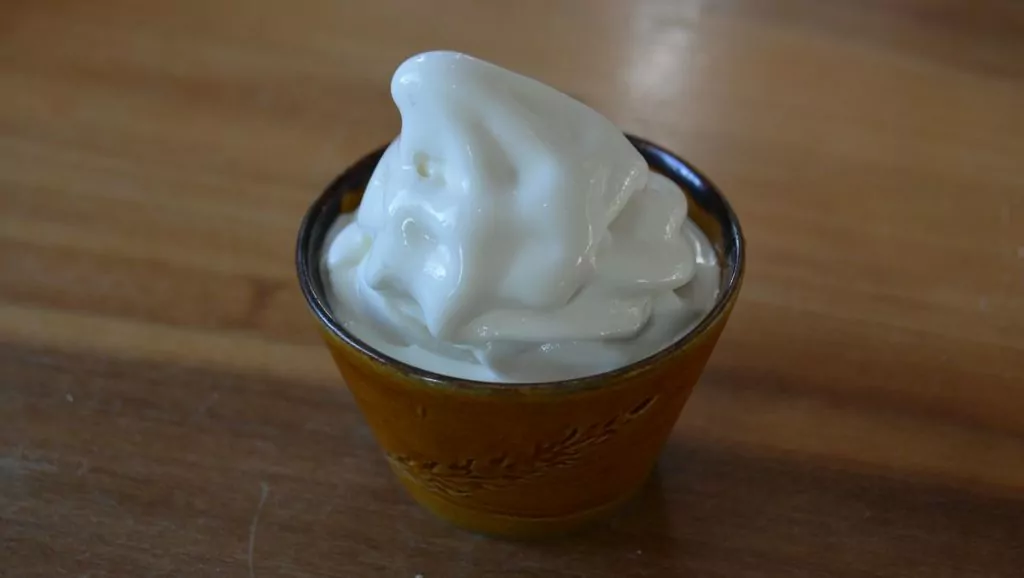
Icelandic beer
Beer was banned in Iceland between 1915 and 1989, and perhaps this is why beer is so popular in Iceland. What's better than the forbidden? 1 March is the date when beer was released and is now celebrated as 'Beer Day'. Today there are many good beers in Iceland. We tried Einstök and Úlfur, among others, which we liked.
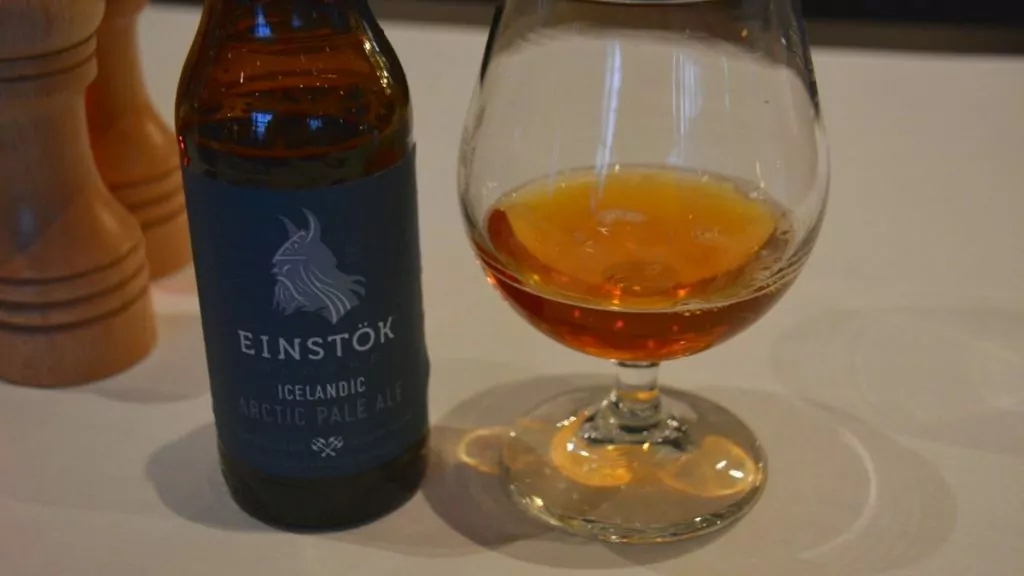
Icelandic food in a restaurant
So, what do you eat in restaurants in Iceland? Traditional hard food is all very well, but today's Icelandic cuisine has evolved to be both modern and exciting. Many restaurants in Reykjavik use local ingredients, while also drawing influences from many parts of the world. For example, we have had very good dining experiences in the restaurants. Fish Market, Fish Company and Meat.
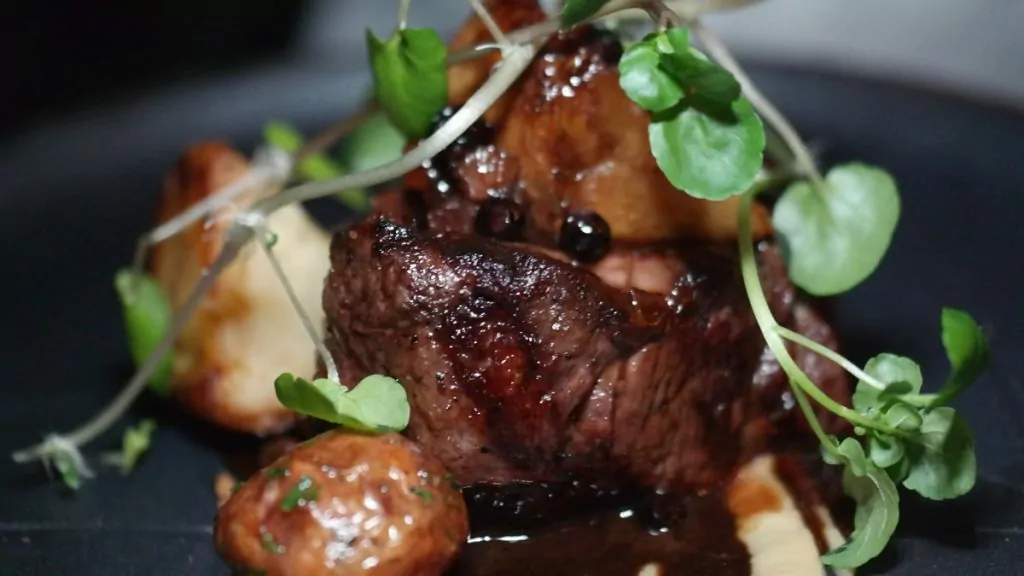
Further evidence of Icelanders' modern interest in food is provided by the festival Food and Fun Reykjavikwhich is organised every year in February or March. Chefs from all over the world are invited to serve creative menus based on Icelandic ingredients.
Do you have any experience with Icelandic food? Would you like to tell us about something else you eat in Iceland?
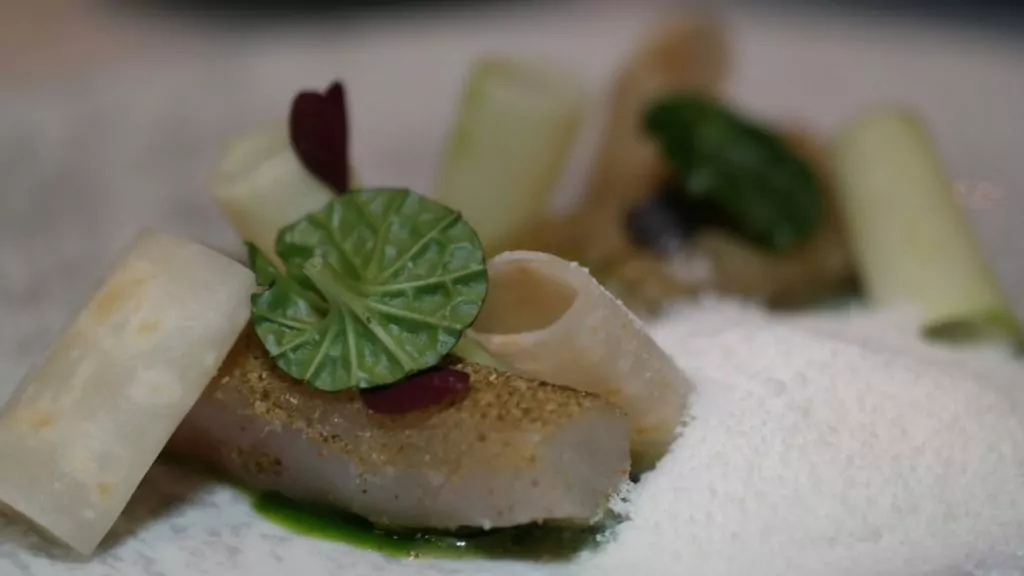
What do you eat in ...?
Read about food and food culture in more European countries.
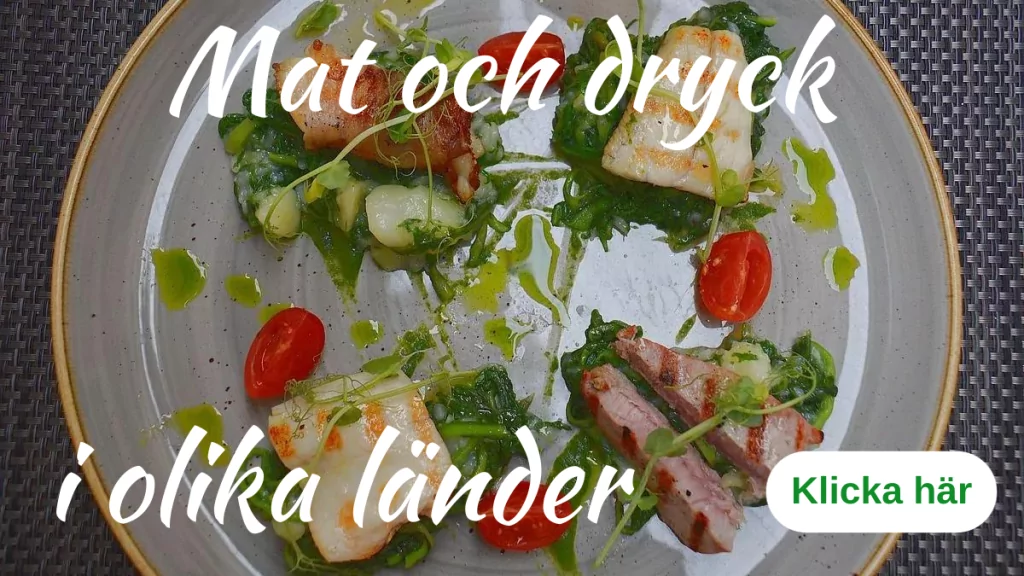


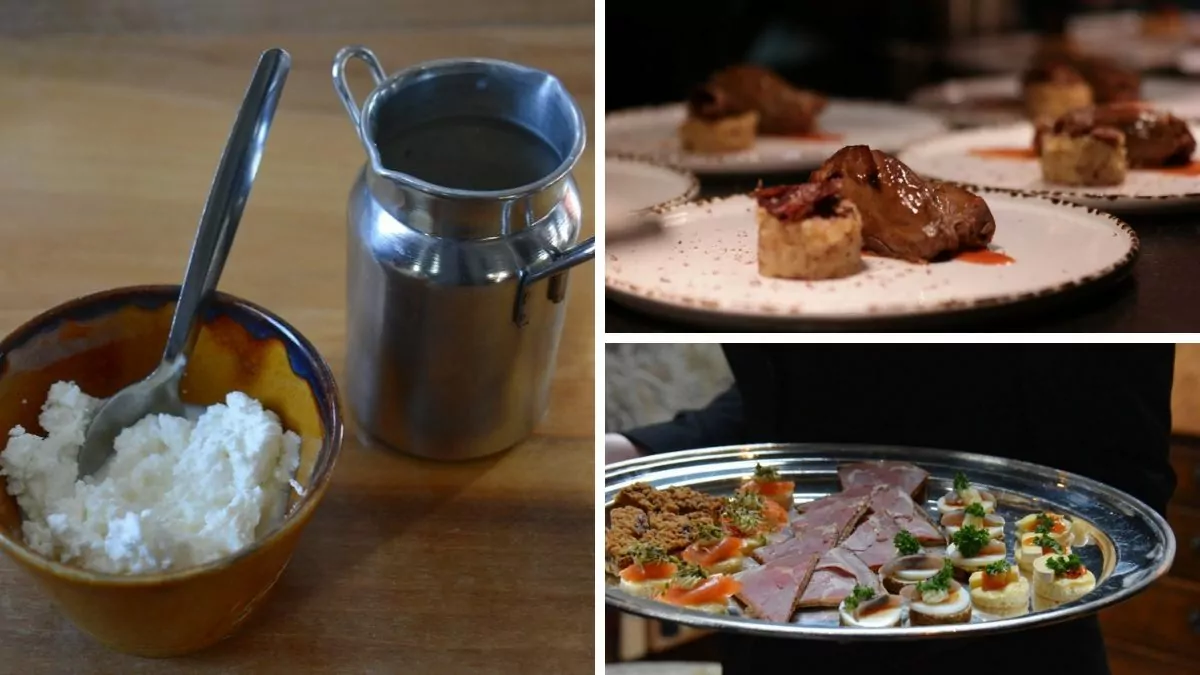






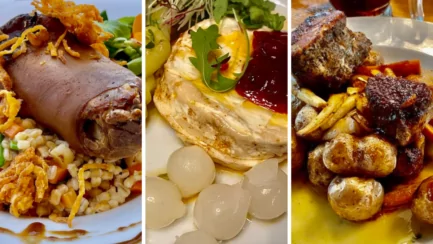
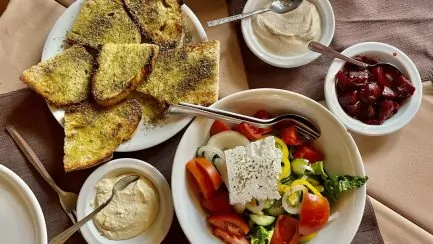

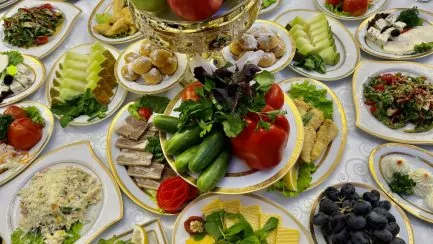
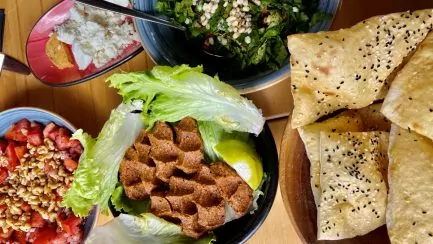




Madeleine Krans says:
Wow, they eat puffins! The ones that are so cute. ?? And that beer was banned until the 80s. But good taste when it comes to chocolate anyway. My favourite combo is chocolate and liquorice. Thanks for an informative and interesting post.
16 March 2019 - 8:45
Helena says:
Yes, the beer ban is a bit odd to say the least! Initially it was a ban on alcohol, but after a while all alcohol was allowed, except for beer! Glad you liked the post!
16 March 2019 - 16:10
Ama de casa says:
Hmm... I think I might prefer fresh seafood to rotten shark... I do. A biased opinion since I haven't tried rotten shark. Even though I like surströmming, I will probably refrain from that shark in the future as well 😉.
We were in Iceland for the first time in 1986 and then strong beer was banned. You were allowed to buy alcoholic beverages tax-free upon entry (which I think you should be allowed to do everywhere, why drag a lot of weight all over the world? Not so climate smart if you ask me). There were large "warning signs" at the store that it was the last chance to get strong beer. Haha!
Light beer, on the other hand, was allowed, and in the bars they sold light beer with a small glass hanging on top with vodka (or whatever liquor). If you turned the glass, the liquor fell into the beer and - voila! - you had strong beer 😀.
16 March 2019 - 8:59
Helena says:
But how interesting! Yes, I just read somewhere that this was how to "get around" the beer ban. And now I got it confirmed! When I was there the first time, beer was allowed, but I experienced it more as a "liquor culture". Maybe it became that way after a long beer ban ...
16 March 2019 - 16:11
Lena Åstrand says:
Smart
20 September 2021 - 0:50
Johnny Friskilä says:
Very nice text! But rotten shark? It is not rotten, but rather fermented? Or am I wrong? However, I do agree that surströmming (and Norwegian rakfisk) is child's play compared to the Icelandic version, which is really like chewing ammonia. Unfortunately, I have never tried puffin. However, I once bought large seabird eggs at a supermarket in Iceland. Absolutely wonderful eggs!
16 March 2019 - 13:37
Helena says:
Glad you tried the seabird eggs! 🙂 The shark is always referred to as a "rotten shark" and that is how it is referred to in most articles. But it is possible that you are right, that the method should more correctly be described as fermented!?
16 March 2019 - 16:13
Daniela / Discovering The Planet says:
Food is so interesting and a big part of travelling. I'm willing to try most things... well... but a little unsure if I can get past the smell of ammonia :))))
16 March 2019 - 17:48
Helena says:
That "scent" is a bit tricky actually 😉.
17 March 2019 - 6:42
BP says:
As I am very adventurous when it comes to food (I have eaten lung and sheep testicles, among other things), I had just tried everything but
Skýr (hate quark), liquorice with chocolate (yuck for liquorice) and "Black Death", as I don't drink alcohol and Lýsi, as my mum fed it to me every day when I was little. Just the thought of Lýsi makes me gag;-)
The rest of the dishes are, as I said, completely to my taste. Would definitely try it. Then I do not know if I want the sheep to look at me directly, but I have eaten calf's head in France, and the calf's eyes also stared at me;-)
16 March 2019 - 18:22
Helena says:
When I lived in Iceland there were some of the older men who liked to suck on and eat the eyes of the sheep heads... Nothing for me I can say, but the meat was quite ok 😉 .
17 March 2019 - 6:43
Anna says:
Hángikjöt is not dried lamb meat, it is cold smoked lamb. You cook it and eat it with potatoes, sweet béchamel sauce and green peas.
It's not rotten shark, it's sour shark. Kv Anna who has lived in Iceland for more than 20 years.
16 March 2019 - 23:23
Helena says:
Hi Anna! Of course it's dried lamb meat! It was correct everywhere in the text, but funnily enough the headline was wrong without me realising it... Thanks for noticing and letting me know! I have also made a correction about the shark. It is often described as rotten and you see that in many texts, but you are absolutely right that it is sour shark, and fermented is a more accurate description of the process. I have changed it. Thanks again, of course we want to get it right!
17 March 2019 - 6:45
Ruth in Virginia says:
Was in Rejkjavik in 1978. The only thing we ate was boiled fish and boiled potatoes.
Lived in a school, which during the summer was used as a hostel.
Approximately 20 to 30 metal beds, which the US military had left behind, had be
set up in every classroom. The only hotel was an SAS-owned one, and in fact
was that we could not afford to live there (we were 4 people). Everything was
incredibly expensive. Have not been back except for stopovers.
17 March 2019 - 5:22
Helena says:
Wow, it sounds like Iceland has come a long way since then! 😉
17 March 2019 - 6:46
Lena - good for the soul says:
Well, I'm usually curious to try most things, but there were some things that I would shy away from. 🙂
Hug Lena
17 March 2019 - 9:23
Helena says:
Some of the specialities are for the daring haha 🙂 🙂 .
18 March 2019 - 7:07
Marie says:
Have eaten mashed potatoes with granulated sugar on them which was not very good. On the other hand, lamb cooked in a cooking pit in the ground was fantastic.
Homemade fish balls with brown sauce were also much tastier than it sounds.
This was around 1990.
18 March 2019 - 2:36
Helena says:
Mashed potatoes with granulated sugar sounded a bit odd? Nice that you also got some positive food experiences 🙂 And cooking has of course developed a lot lately.
18 March 2019 - 7:09
Saevar Sveinn Gudmundsson says:
Good article about the cuisine in Iceland it can also be said that the sweet and savoury rye bread is baked/cooked in hot springs.
All countries have pancakes, but in Iceland they are flavoured with different flavours and filled with blueberries or other good things. As a child I remember crowberry juice and dried fish being eaten with Icelandic butter!
18 March 2019 - 5:49
Helena says:
Thank you, glad you like the article! And thanks for the additional information about the Icelandic food! Perfect to use the hot springs indeed 🙂 The pancakes sound good and the crowberry juice sounds interesting! 🙂
18 March 2019 - 7:11
Anonymous says:
What not to eat
25 November 2021 - 9:26